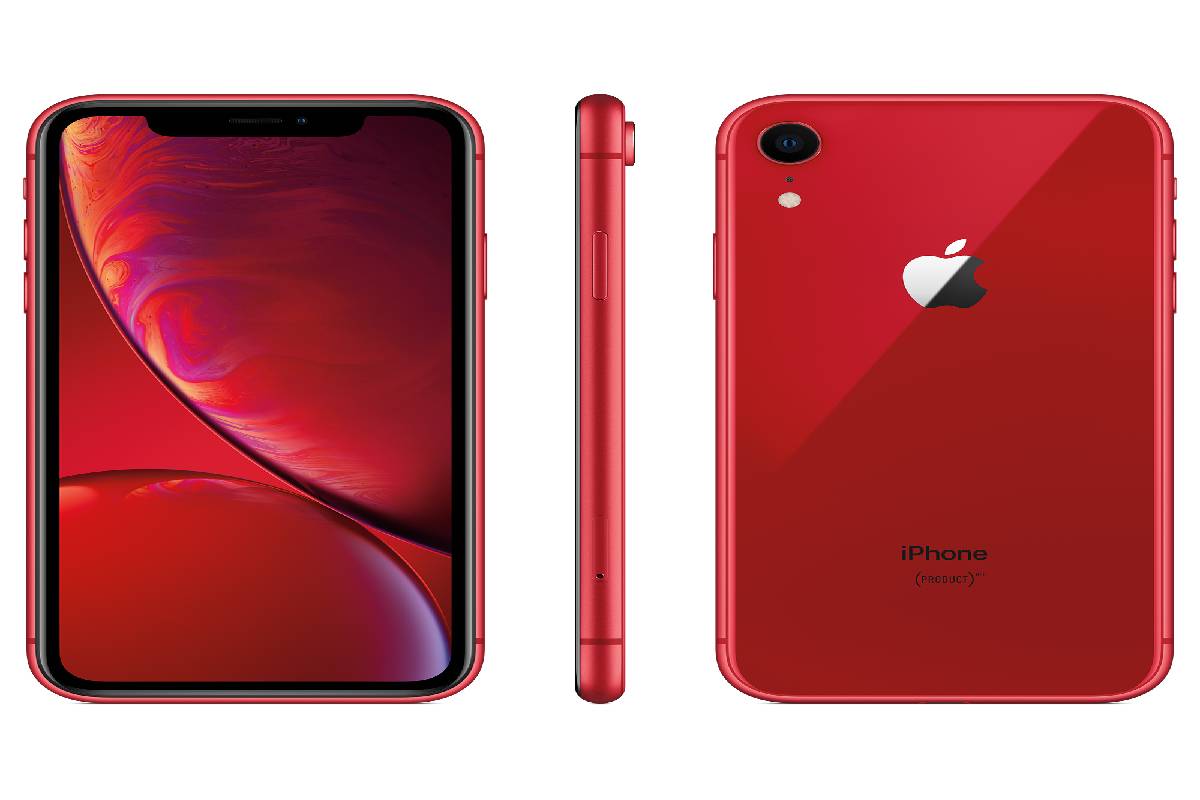Table of Contents
The Goal Posts Of Technology Are Always Moving
Digital Transformation: Technology transformation is a continuous process, and iterative leaps tend to develop every couple years.
Even though Moore’s Law has been, in one sense, outpaced, tech leaps continue to exponentially expand in a similar fashion along collateral segues. Instead of transistors doubling on one another, you have a leap from Hard Disk Drives to Solid State Drives.
Cloud computing has facilitated decentralization, quantum computing following on its heels will solidify such infrastructural operational innovations. With such things in mind, following we’ll explore five notable ways you can expect technology to shift in 2021, and going forward.
1. Decentralization Invites New Ops And Corporate Culture
Operational models built around decentralization will be essential into 2021 and beyond. Presently, owing to lockdown realities, more than 20% of all businesses have made the shift to an at-home working model for most workers—that’s decentralization in action.
Instead of a specific address defining where employees come to work daily, they just digitally commute over the web. That’s going to change corporate culture. Email back-and-forth exchanges will soon be treated in a way very similar to how in-person exchanges used to be in a corporate sense.
Corporate culture and decentralization are technologically tied together. Finding consultation from those who understand the change, and how best to implement it, can be key.

2. Applying Diverse, Multi-Cloud Infrastructures To Ops
Cloud-based infrastructure facilitates more effective decentralization. Different clouds can be used for different data. Hybrid solutions, multi-cloud solutions, IoT tech, edge computing, and other applications of such tech can all be co-opted toward operational digital transformation for your business. A digital transformation strategy aims at boosting corporate operations. For smooth integration of new software into the daily workflows, businesses organize staff training.
Different sorts of solutions will be more or less appropriate for different businesses. Consultation can be very helpful in determining which innovations best fit operations.
If you’re totally decentralized and have no productive facilities along industrialized segues, edge computing may not be appropriate. However, if you’ve got a lot of IoT devices regardless, that might be an innovation to explore.
3. Exploring Effective AI Implementation
Artificial Intelligence can optimize operations automatically, automatically install security patches, and reduce complication in overall tech organization. However, AI requires some level of oversight; it’s not a “conscious” application of computational technology—at least not yet. So you don’t want to just put AI “in charge”. You want to use it in a balanced way.
Informing that utility can be a bit complex, but there are options out there which can cost-effectively assist you. AI implementation through groups like DMI helps you co-opt computational breakthroughs into regular operations in a cost-effective way that ends up optimizing productivity.

4. Real-Time Big Data Facilitates Event-Driven Ops
Owing to cloud computing, IoT, decentralization, edge computing, and other big-scale applications of modern technology, it’s possible for massive data sets to be represented, interpreted, interacted with, and observed in real time. This allows your business to use “events” as a means of driving operational decisions.
For example, a company with a supply chain may be able to anticipate road closures, inconvenient weather, traffic, or other societal concerns bound up in events that cause travel bottlenecks. Said supply chain could maintain timetables by being rerouted from the central office of the business.
Terabyte data sets can be examined in real time this way, and that means there are quite a few different applications for a diversity of businesses. Maybe your production facility has machines that are better maximized through IoT. There are a lot of potential applications to real-time big data utility.
5. Transitioning Into Mainstream Quantum Computing
Quantum computing went operational at Google’s facilities in 2019. As of the fourth quarter of 2021, it will have been two years since that event transpired. Quantum computing will make many new possibilities tangible for businesses large and small. It’s a huge tech leap as ultimately influential, in the fullness of time, as cloud computing.
At the same time, fifth-generation wireless cell phone technology, or 5G, is now becoming increasingly operational across the country. Between 5G and quantum computing, a lot of changes are coming. In terms of mainstream quantum applications, faster calculation, more accurate calculation, and overall optimization become possible.
Time is money. Expedited IT operations mean reduced associated operational costs, facilitating greater expansion power. Resources are freed up for R&D, as well as other operational elements that serve to enhance a given company. It’s the difference between computers a decade ago, and those today.
At a certain point, quantum computational tech will likely be available in some sort of miniaturized capacity that’s personally portable. The first step in that direction is mainstream quantum computing applied at the corporate level. Remember: basic IBM machines with only a few kilobytes of data used to be the size of a building. Now smartphones are more powerful.
Considering New Operational Trends Going Forward
Quantum computing is on the cusp of being tangibly, productively mainstream—2021 will see such burgeoning tech advancement come on the scene.
Real-time big data will help facilitate event-driven operations. AI will further streamline technological applications, multi-cloud infrastructure will be more effective than it has been, and decentralization is becoming definitive. For businesses looking to stay on the cutting edge, these five trends are worth keeping your eye on and even exploring.




